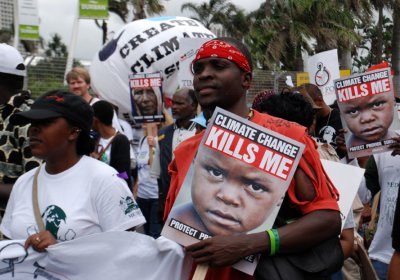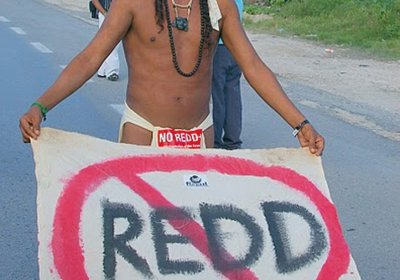Twenty years after the United Nations Conference on Environment and Development held in Rio de Janeiro, Brazil, in 1992, the environmental crisis continues to worsen.
The unsustainable development model that dominates the world has led to a grave loss of biodiversity, melting of polar ice caps and mountain glaciers, an alarming rise in deforestation and desertification and the looming danger of an at least 4º Celsius temperature rise.
Science says we are approaching a point of no return that will change the way our planet has behaved over the past 650,000 years.
Pablo Salon
A year has gone by since the results of the climate change negotiations in Cancun were imposed, with the objection of only Bolivia. It’s time to take stock and see where we are now.
In Cancun, the developed countries listed their greenhouse gas emission reduction pledges for the 2012-2020 period. The US and Canada said they would reduce emissions by 3% based on 1990 levels, the European Union between 20% and 30%, Japan 25%, and Russia from 15% to 25%.

